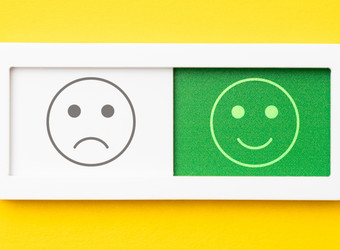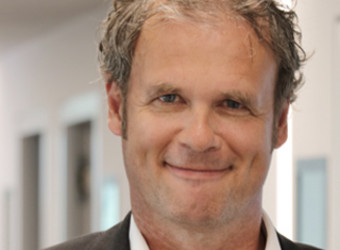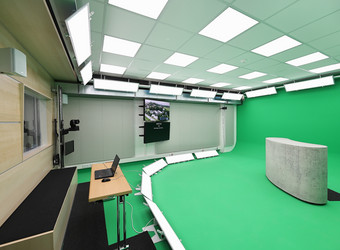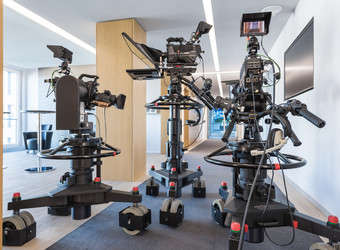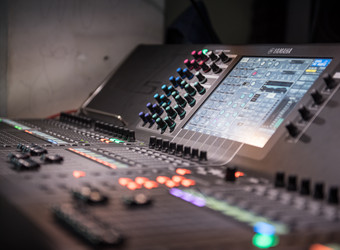We all communicate constantly – even if we don't make a sound. A smile, crossed arms, or a glance at the clock often say more than words. Therefore, we should pay attention to our nonverbal communication.
Some surprising figures are circulating on the topic of nonverbal communication. It's often said that it accounts for 80 or even 90 percent of the impact. But no matter what percentage that is, interpersonal communication is complex, and nonverbal cues play a major role.
Imagine the following situation: You want to convince another person, be it in a job interview, a pitch, or in a personal setting. You've carefully chosen your words and managed to speak clearly and express exactly what you wanted to say. And yet the spark just doesn't fly. What could be the reason for this? Nonverbal communication often plays a role here. Words are important, no question – but without the right facial expressions and body language, they often remain empty or are even misunderstood.
What is nonverbal communication anyway?
Nonverbal communication encompasses all the signals we send without words – body language, facial expressions, gestures, posture, eye contact, tone of voice, and even our outward appearance.
Examples of nonverbal signals:
- A firm handshake can convey strength and confidence.
- Good eye contact shows interest – but too much of it can also be perceived as uncomfortable or aggressive.
- Crossed arms often seem defensive, even if you're actually just cold.
Important: Nonverbal communication is partly influenced by culture. What is considered polite in one culture can be perceived completely differently in another.
Why nonverbal communication is so crucial
1. It reveals our true feelings
Even when we say something that sounds polite or diplomatic, our body often unconsciously sends other signals. People who lie may try to control themselves, but small microexpressions or a restless posture often betray insecurity or nervousness.
2. It builds (or destroys) trust
An authentic smile, open body language, and attentive eye contact can quickly generate sympathy and trust. Conversely, mismatched body language and words can arouse suspicion.
3. It supports our statements
When gestures, tone of voice, and facial expressions are in harmony with our words, our statements become more powerful and convincing. Good speakers know this – and deliberately rely on nonverbal reinforcement.
How to improve nonverbal communication
The good news: Nonverbal communication is trainable. With a little attention and practice, you can learn to specifically improve your impact.
1. Self-observation: How do you come across?
Observe yourself – ideally via video. Pay attention to how you move, what your facial expression looks like, and whether you stand openly or withdrawn. This may be uncomfortable at first, but it is extremely revealing.
2. Upright Posture
Sounds simple, but it's crucial: A straight, relaxed posture exudes confidence and presence. Don't slump your shoulders, raise your gaze – and you'll appear completely different.
3. Eye Contact
Eye contact shows interest, respect, and attention. But: Don't stare! A good guideline is to maintain eye contact for about 60–70 percent of the conversation.
4. Natural Gestures
Avoid keeping your hands rigidly in your pockets or behind your back. Use your hands to emphasize statements – but don't overdo it. Your gestures should fit the conversation and appear natural.
5. Smile – Genuine and Sincere
A sincere smile (with crinkles!) is one of the strongest nonverbal signals. It immediately makes you more likeable. By the way: People who smile frequently are often also considered more competent.
6. Pay attention to the other person
Good nonverbal communication isn't just about "How do I come across?" – but also: "What is the other person telling me without words?" Pay attention to the other person's body language. This helps avoid misunderstandings and respond better.
Conclusion
Nonverbal communication is a combination of mindfulness, self-awareness, and practice. It often determines whether we convince, are understood, and strengthen relationships. You can also learn the subtleties of these silent signals in mbw training courses. You can then practice them yourself, in every single conversation.













